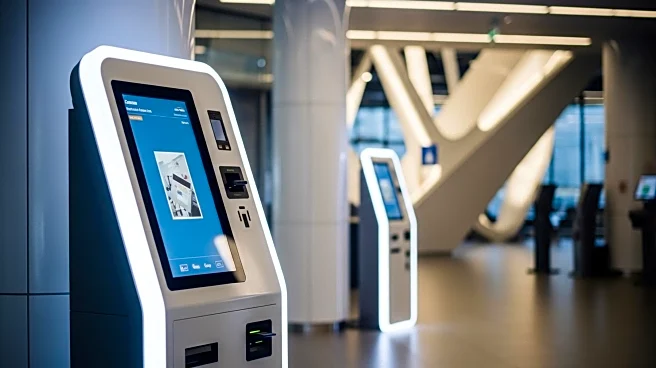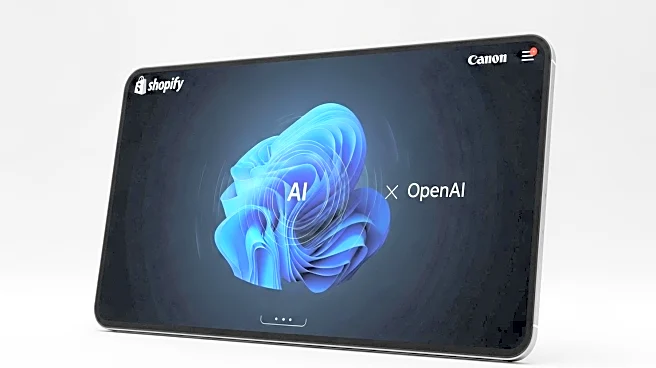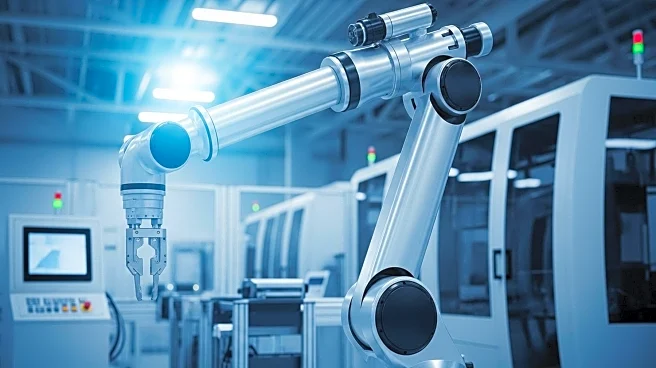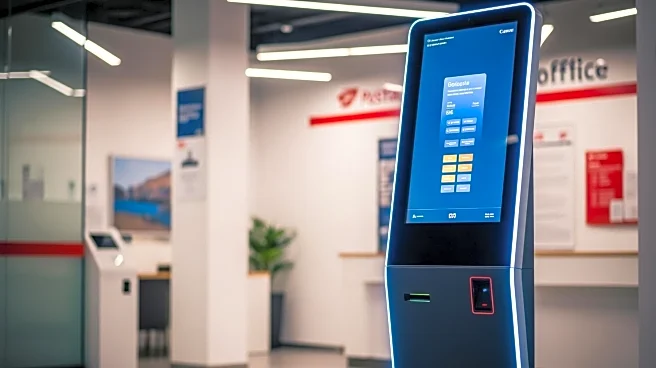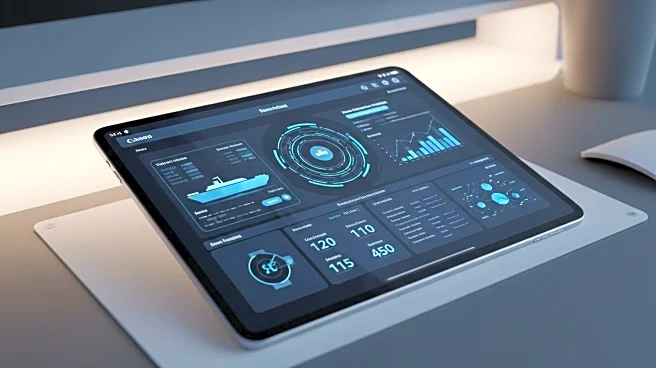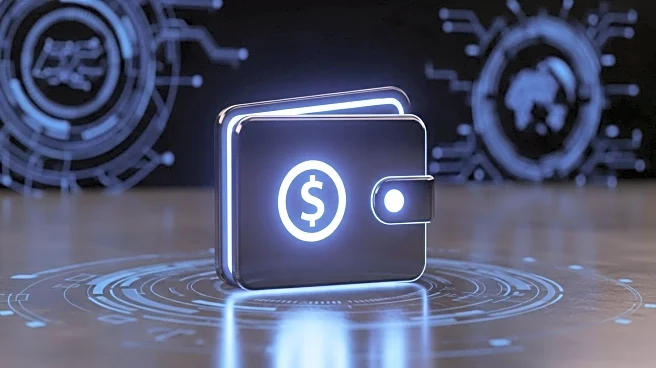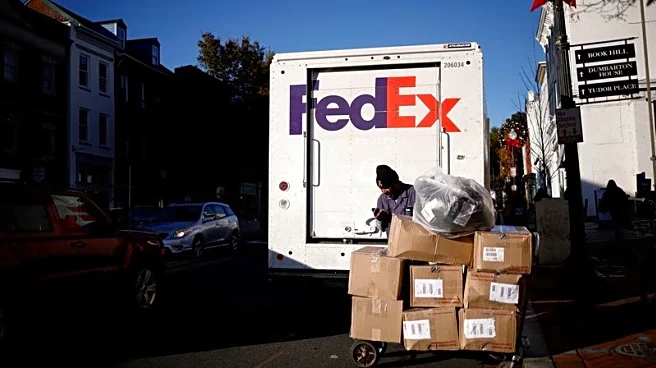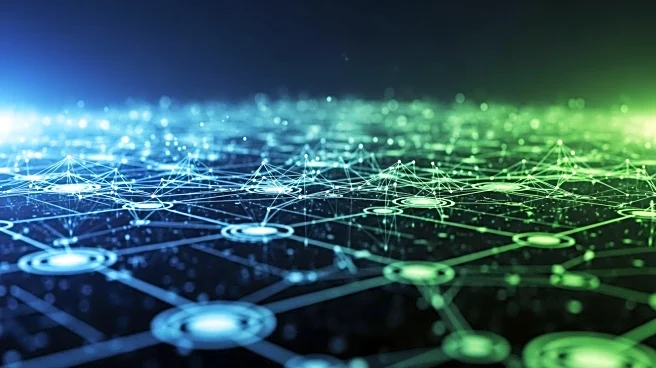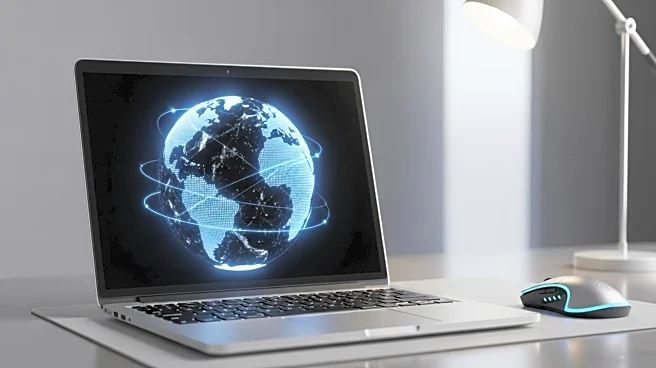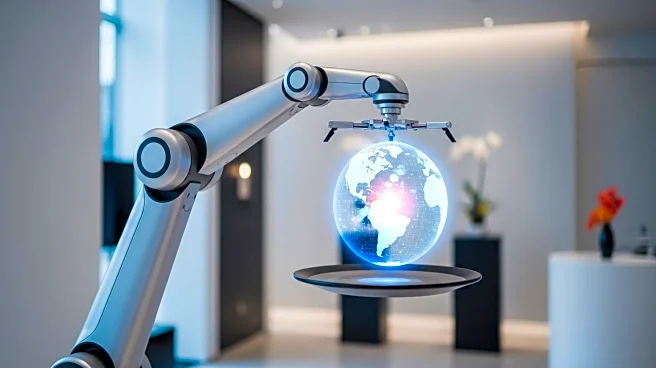What is the story about?
What's Happening?
The U.S. Postal Service (USPS) is implementing a nationwide rollout of redesigned, technology-enhanced lobbies aimed at improving the customer experience. These modernized spaces will feature around-the-clock smart lockers, allowing customers to securely receive and pick up packages at their convenience. Additionally, USPS is expanding and upgrading self-service kiosks, which enable customers to weigh items, print labels, purchase supplies, and mail packages. These changes have reportedly reduced lobby wait times by 40% at renovated locations. A new mobile app, Rapid Drop, will further extend self-service capabilities by allowing users to store prepaid labels, track packages, and initiate the self-service acceptance process before arriving at the post office. The lobbies will also include digital information displays and streamlined layouts to enhance traffic flow and accessibility to supplies. Furthermore, USPS is expanding in-lobby government services, such as passport processing and identity proofing, to offer a comprehensive service experience.
Why It's Important?
This modernization initiative by USPS is significant as it addresses the evolving expectations of customers who demand speed, clarity, and technology-driven convenience. By integrating advanced technology into its operations, USPS aims to enhance efficiency and customer satisfaction, potentially increasing its competitiveness in the logistics and delivery industry. The introduction of smart lockers and expanded self-service options could lead to operational cost savings and improved service delivery. Additionally, the expansion of in-lobby government services positions USPS as a one-stop-shop for various federal tasks, potentially increasing foot traffic and revenue. This move reflects a broader trend of digital transformation within public services, aiming to meet the needs of a tech-savvy population.
What's Next?
USPS plans to complete the first phase of its modernization efforts by the end of October, with a second phase set to expand to more locations in Fiscal Year 2026. As these changes are implemented, USPS may monitor customer feedback and operational metrics to assess the effectiveness of the new systems. The success of this initiative could prompt further technological investments and innovations within USPS and potentially influence other public service entities to adopt similar modernization strategies. Stakeholders, including postal employees and customers, may need to adapt to the new systems, which could involve training and adjustments in service protocols.
AI Generated Content
Do you find this article useful?
